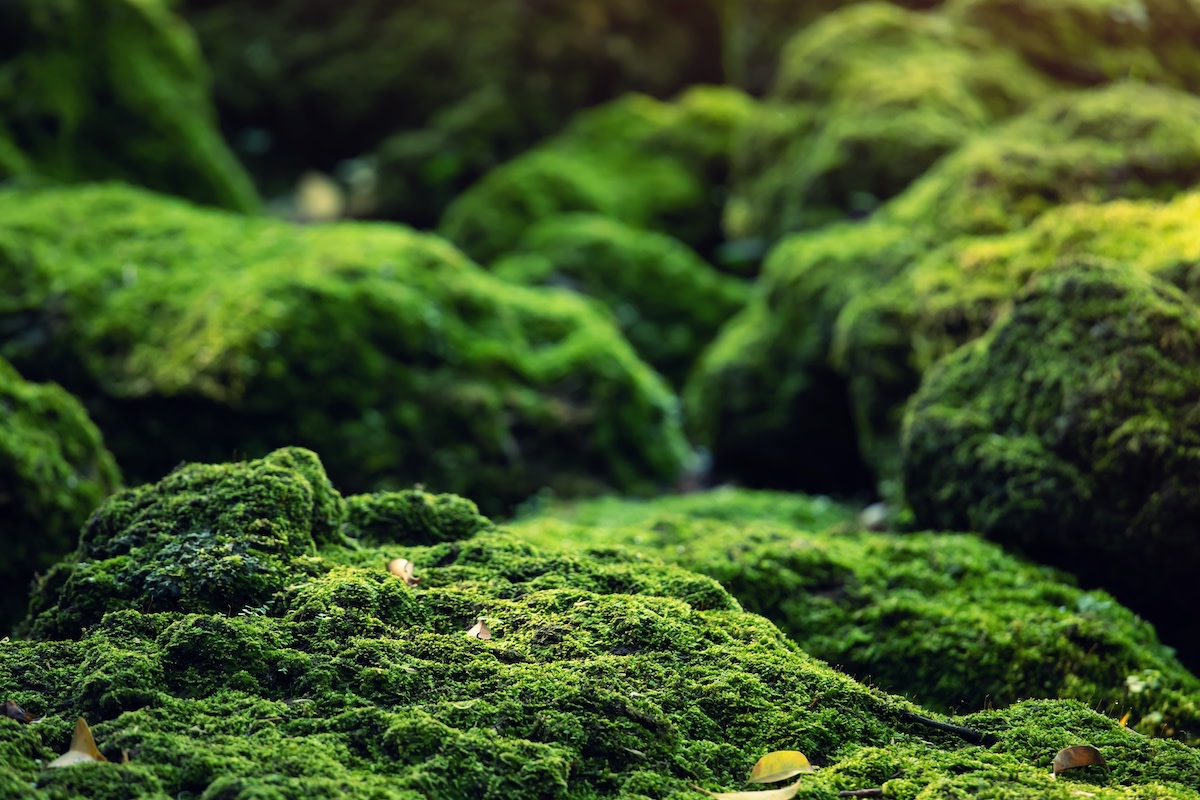How to Grow Moss: 3 Ways to Start a DIY Moss Garden
Written by MasterClass
Last updated: Nov 29, 2021 • 2 min read
Moss can bring beauty and function to your garden space. Consider the benefits of moss and learn how to grow moss at home.
Learn From the Best
What Is Moss?
Moss is a nonvascular plant in the Bryophyta division that is usually a lush green and can cover a surface in a fairly even layer as though it were carpet. Other bryophytes include liverworts and hornworts. Moss plants grow well in moist and shady areas with acidic soil. Certain species of peat moss in the Sphagnum genus are more durable than other species since they can conserve water in both dead and living cell groups. Otherwise, live moss can dry up or die from dehydration. Unlike other plants that rely on larger root systems for water reserves, most moss species have a rhizoid root system that anchors the moss to a shallow surface or substrate.
Why Grow Moss in a Garden?
Growing moss as ground cover for your garden can have a beneficial impact on nearby plants. Much like mulch, a patch of moss around your plants can serve as a shield against extreme temperature changes and drought, since moss retains moisture well. Moss can also protect beneficial insects and increase biodiversity in your moss garden without the threat of suffocating nearby plants with extensive root systems. A moss lawn or pieces of moss in a rock garden can also provide your garden space with a natural and timeless aesthetic. If you live in a region with excess rainfall, these plants will soak up groundwater and decrease the threat of erosion.
How to Grow Moss
Consider these methods and techniques to learn how to grow your own moss in an outdoor garden space or inside your home:
- In an outdoor garden: Select an area of your garden with moist growing conditions and limited foot traffic. The most low-maintenance method for growing moss outside is to transplant moss to a cleared area of your garden with acidic soil that you have recently watered. Since moss needs limited resources to thrive, the plant should attach to the surface of the soil in one to two weeks. If you cannot find moss in your backyard or on nearby trees, commercial sheet moss is available for purchase at many local nurseries and garden stores.
- In a terrarium: You can grow a DIY indoor moss garden by using a terrarium. Fill the terrarium with a few inches of gravel or river rock for adequate drainage. Add a top layer of native soil above the rocks. Your soil pH levels should fall between 5.0 and 6.0. Transplant a section of outdoor moss on top of the soil and keep the moss moist with a spray bottle. It can take six weeks to a few years before you see significant moss growth. However, if your plant takes off before then and you run out of space in your terrarium, you can relocate the excess moss to your potted houseplants.
- Between rocks or bricks: You can give your rock or brick wall the aesthetic of an ancient fortress by encouraging moss growth in the cracks and crevices of your chosen structure. Simply chop up a hardy type of moss and mix it into a few cups of buttermilk or watered-down yogurt. Apply this “moss slurry” between the rocks with a paintbrush. Ensure that you focus on shaded areas of the wall and add water to keep the moss moist.
Learn More
Grow your own garden with Ron Finley, the self-described "Gangster Gardener." Get the MasterClass Annual Membership and learn how to cultivate fresh herbs and vegetables, keep your house plants alive, and use compost to make your community—and the world—a better place.
